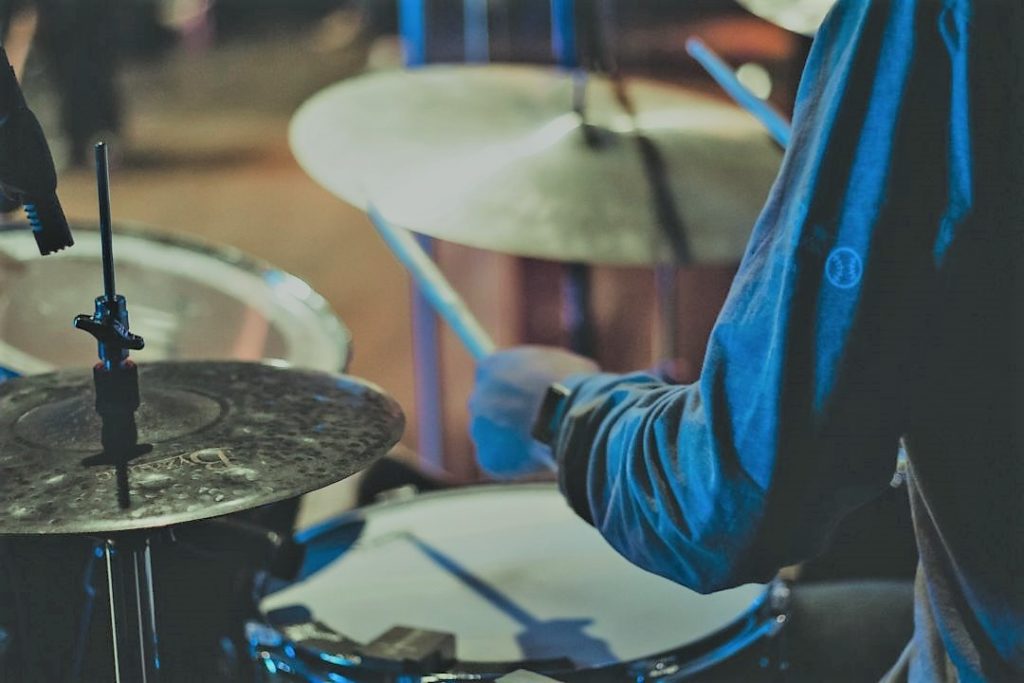



Though the two work together, there’s a significant difference between drums and bass in terms of their contribution to groove. How Groove is FormedĪll instruments and patterns in a song should contribute to groove, but there are two in particular that lay the foundation for it: drums and bass. Groove does not mean swing, it just means the track has a solid rhythm that people can identify with. Groove can take on many different forms a 175BPM drum and bass track can have groove, just as a 140BPM tech-trance banger can. People get hung up on this because they think groove means lowering the tempo to 125BPM and make a funky tech house track. Groove should be the basis for all your tracks, assuming your goal is to make people dance (by dance, I mean anything from tapping a foot to spinning with all limbs flailing everywhere). Without a solid groove, dance music is not ‘dance’ music, it’s just some other weird experimental form of music. There’s one musical element that’s fundamental to dance music… It differs from drum synthesis in that you’re not actually creating the sounds you’re using (though one could argue that drum synthesis is a part of drum programming).Īs a result, you create drum patterns, which you can loop, create variations of and arrange. You’re not playing live, you’re plotting out sounds in a particular sequence. These cover the tips in this article.ĭownload the Free Cheat Sheets What is Drum Programming?ĭrum programming is essentially composing with drums. Update: I’ve put together a pack of two cheat sheets that you can easily reference while producing. This is where we’ll analyze a track in each major genre (Trance, House, Drum and Bass, Future Bass, and Dubstep), studying the style of drums and giving a breakdown of how those drum patterns are programmed. Simplicity, complexity, variation and interestįollowing that, there’s a section titled Genre Studies.Source material: where to find great samples and use them well.What is drum programming and why is it important?.In this comprehensive guide (~6,000 words), you’ll learn: Which is exactly what I’m going to teach you in this article. You find it hard to pick the right samples, and your patterns just don’t sound as good as those in the songs you listen to every day.įortunately, it gets easier-especially if you put in the time and effort to learn drum programming. In fact, it’s quite often the most frustrating. The fun part of electronic music production.īut I’m sure you’ll agree with me when I say that drum programming isn’t always the easiest part of the process. Do your drums sound boring, feel stale, and lack punch? Create powerful, pro-level drums in any genre with Drums By Design.ĭrum patterns.


 0 kommentar(er)
0 kommentar(er)
